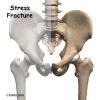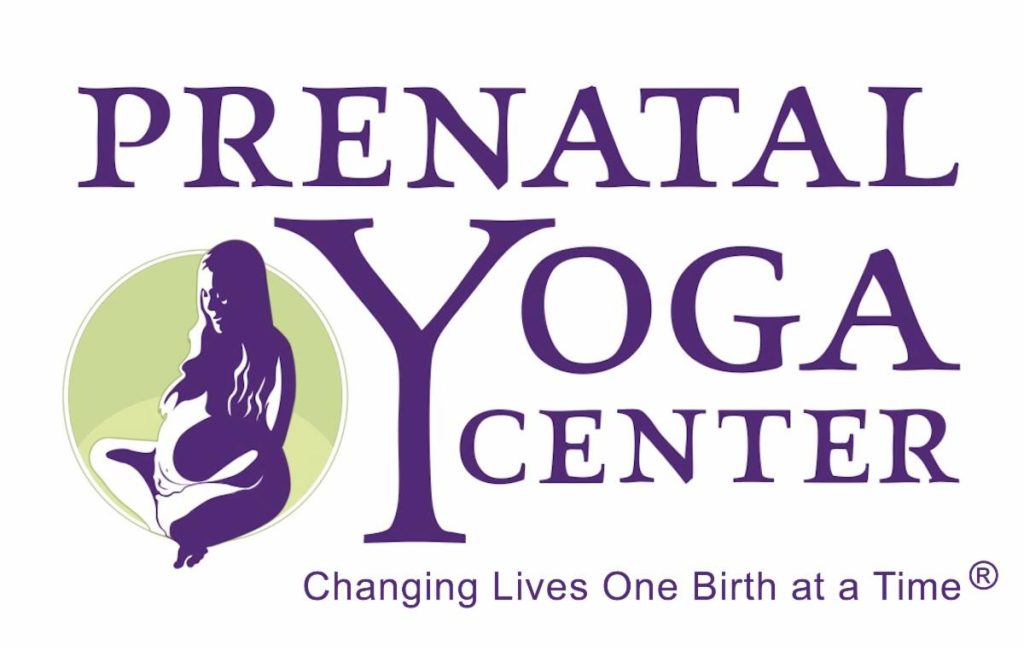I can honestly say that one of my greatest pleasures is a good night’s sleep. When I get those precious 8 hours, I am like a new person: calm, rested, clear headed and energetic. Unfortunately, this is a rare occurrence. Several years ago my cat decided that it is important to wake me up with licks from her sandpaper tongue every 10 minutes from 5am until I finally submit and get out of bed. Friends joke that I will be well prepared for kids. My partner, Joey, remarks that “sleep deprivation does not need to be practiced.” With that, I greatly empathize with my pregnant students who frequently tell me their sleep troubles.
Here are some common topics often brought to my attention:
Vena Cava Syndrome
If I’m going to talk about sleep, I need to start with the whole “sleeping on the left side while pregnant” issue. I am shocked by how many students come in and have been told by their care provider that it is important to sleep on their left side, but have never received an explanation as to why. It is too often that a very concerned student asks me if she hurt her baby because she woke up on her back.
So why the left side? It is because of Vena Cava Syndrome. The inferior vena cava (a large vein that is responsible for the venous return from the lower half of the body back to the heart) runs slightly to the right of the aorta. When compressed by the weight of the baby, the blood return is compromised and the mother may feel light headed and nauseated. Think of the vena cava as a big hose, and the baby as a foot stepping on the hose. When the hose is compressed, the water can’t flow out- same idea as vena cava syndrome. This is easily remedied by moving so that the baby can roll off the vena cava. Since this vein is located on the right side of the body, it is recommended as the baby gets bigger, the mother sleeps on her left side. For some women, this never becomes an issue and they can sleep however they like throughout their pregnancy. Others are more sensitive to this and must modify their sleep position. As mentioned earlier, it is not necessarily dangerous if you wake up on your back. Bodies are smart, and signal the mother with signs of light headed-ness, nausea, heaviness in the chest or breathlessness.
Achy Hips
For those mothers requiring a modified sleeping position, side sleeping can take some getting used to. I recommend getting a body pillow and experimenting with how to use it. One suggestion I have to prevent achy outer hips is to NOT sleep in the fetal position. Even with the body pillow between your knees, you may find yourself waking up with hip pain. This discomfort is due to the pressure of the body on the greater trochanter of the femur. The greater trochanter is a process at the top of the femur (thigh bone). Check out the picture below. You will notice how the greater trochanter protrudes slightly outward. When sleeping with the hips stacked, like in the fetal position, a lot of weight is placed on that bony process and results in hip pain.
My suggestion to alleviate the hip pain is to extend your bottom leg and slightly roll towards your belly. Then, bend the top leg and rest it on a firm pillow or body pillow. This will take the weight off the greater trochanter and place it more towards the front of your hip.
Calf Cramps
If you have ever been woken up in the middle of the night by a calf cramp, you surely do not want to repeat the experience! If this should happen again, the best way to alleviate the pain is to flex your foot or stamp your foot on the ground. This will stretch out the cramping muscle. Avoid pointing your toes which will only tighten the muscle more. “The etiology is unknown, but a deficit of calcium or magnesium has been proposed as the cause” (Obstetric and Gynecologic Care In Physical Therapy 2nd Edition pg 157)
By simply adding a few extra foods to your diet that are rich in calcium or magnesium you can likely get rid of those nasty cramps. Here are a few ideas: dark leafy greens, nuts (almonds, cashew, brazil), wheat germ/bran, seeds and coconut water. It is also important to hydrate well.
Insomnia and The All Night Peeing Fest!
These two topics somewhat go hand and hand. Chances are at some point you wake up in the middle of the night to pee and then cannot fall back to sleep. One of the reasons for not being able to drop back into dreamland could be because of hypoglycemia – your blood sugar is low. According to Holistic Midwifery by Anne Frye, the explanation is that you may be hungry without even registering it. Seven to ten hours is a long time to go without nourishment. This long stretch of time between meals could cause the blood sugar to drop, and a small snack or even just a glass of milk could help you fall back to sleep. The author also suggests that a deficiency in B vitamin could also lead to insomnia. Here are a few suggestions for foods rich in vitamin B6: meat, brown rice, fish, wheat germ, whole grain cereals, and soybeans.
So now that we have the midnight snack under control, what about the need to empty the bladder all night? This next piece of advice actually came from the doctor of one of my students: Take a warm bath right before bed. She said it helps to fully empty the bladder. My understanding of this theory is that a bath helps to relax the sphincters and pelvic muscles allowing for full evacuation of the bladder. Maybe that is why so many little kids pee in the pool! Regardless of the reason, many students have reported back that this works for them. I would also recommend limiting fluid intake close to bedtime.
Anxiety
Having a baby can rank among the biggest life changing events that one can go through. It is no wonder that the mind is racing about the arrival of your new little one. While this pre-baby anxiety is normal and natural, it can also be disruptive to one’s sleep. In class we often start and end with pranayama (breathing exercises) and relaxation techniques that can help focus the mind and relax the body. It is difficult to relax when the mind is racing.
Here are a few pranayamas and relaxation techniques that can be done in bed to help you focus and fall back to sleep.
Sama vritti (equal breathing)
This pranayama is done by inhaling and exhaling for an equal number of counts. It can be a great exercise to create balance and focus since it requires the practitioner to remain conscious of the length of each inhale and exhale.
Also note- The traditional Sama Vritti pranayama is done with a retention at the top of the inhale and bottom of the exhale. That is not incorporated into the prenatal version of this exercise.
Deep Belly Breathing
Deep belly breathing is thought to be the best way to oxygenate and relax the body. Breathing deeply into the diaphragm brings energy to the Solar Plexus, the chakra that governs ego, emotions, and intellect. This technique is also one of the most useful for pregnant women to focus on since it cultivates relaxation and strength.
Deep belly breathing is done by breathing deeply through your nose, expanding your abdomen fully. Slowly and completely exhale through your nose, pulling your abdomen in so that all the air is released before taking another full belly breath. If you ever look at a baby sleeping, they naturally engage in this type of breathing.
Mantras
This exercise coordinates the breath with a particular phrase or word. For example, as you inhale you internally say to yourself “Let” and as you exhale you internally say “Go” and keep repeating. I personally find this helpful to quiet my mind when I notice that I am thinking of other things. Then, I just go back to my mantra and my deep breathing.
Progressive Relaxation
As a doula, I often use this technique to help relax the laboring mama. I go through the body from the top down and ask the women (or myself when I am experiencing insomnia) to relax specific parts of the body as the person exhales. For example, inhale- exhale “Relax your scalp.” inhale- exhale “Relax your forehead.” inhale- exhale “Relax the muscles around the eyes”….and so forth. This technique brings awareness to areas that may be tense but also helps focus the mind back into the body and the breath.
Hopefully these tips and tidbits will help you have a better night’s sleep so you can catch some much needed Zzzs.








